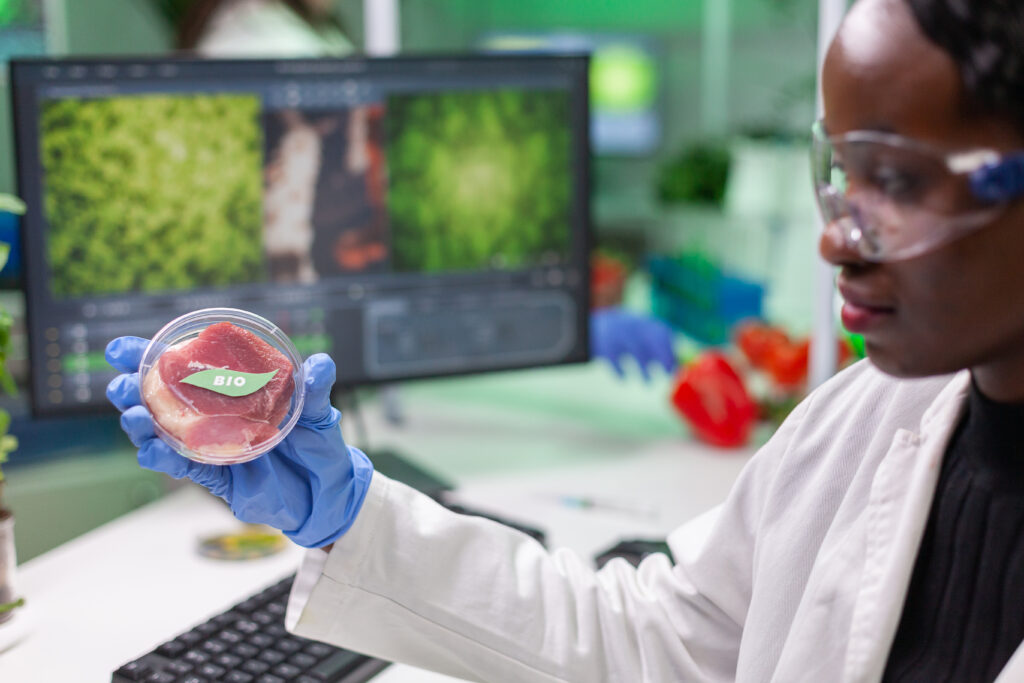
The future of food is being rapidly shaped by innovative advancements in agricultural technology and sustainable practices, with lap-grown meat and alternative proteins leading the way towards a more resilient and environmentally friendly food system. As global populations continue to rise, the demand for protein sources is intensifying, prompting scientists and entrepreneurs to explore new avenues beyond traditional livestock farming.
Lap-grown meat, also known as cultured or cell-based meat, involves cultivating animal cells in controlled environments to produce meat products without the need for raising and slaughtering animals. This technology offers a promising solution to many of the environmental and ethical concerns associated with conventional meat production. By eliminating the need for large-scale land use, reducing greenhouse gas emissions, and minimizing water consumption, lab-grown meat has the potential to significantly lower the ecological footprint of our food supply. Additionally, it addresses issues related to animal welfare, providing a more humane approach to meat consumption.
Alongside lap-grown meat, alternative proteins are emerging as important components of the future agricultural landscape. Plant-based proteins, derived from ingredients such as legumes, grains, and novel sources like algae and insects, are gaining traction among consumers seeking healthier and more sustainable options. These proteins require considerably fewer resources to produce and produce fewer emissions compared to traditional animal protein sources. Innovations in food technology are leading to increasingly appealing and nutritious plant-based products that mimic the taste and texture of animal meat, making them more acceptable to a broad consumer base.

The integration of these new protein sources into existing agricultural systems is fostering a paradigm shift towards more sustainable food production. Vertical farming, precision agriculture, and biotechnological advancements are optimizing resource use and reducing waste, supporting the scalability of lab-grown and plant-based proteins. Governments, research institutions, and private enterprises are investing heavily in this sector, recognizing the potential to address food security challenges and mitigate climate change impacts.
In addition to environmental considerations, the future of food also emphasizes health and nutrition. Alternative proteins are often formulated to be lower in saturated fats and free from antibiotics and hormones commonly used in traditional animal farming. As consumers become more health-conscious, these developments are likely to drive increased adoption.
However, challenges remain. Regulatory frameworks need to evolve to ensure the safety and acceptance of lab-grown and alternative proteins. Public perception and consumer education are critical in overcoming skepticism and building trust in these new food sources. Furthermore, costs must be reduced to make these products accessible to a wider population.
The future of food is poised for transformative change, driven by innovations like lap-grown meat and alternative proteins. These advancements promise a more sustainable, ethical, and nutritious food system that can nourish a growing global population while minimizing environmental impact. As technology continues to evolve and societal attitudes shift, a future where diverse protein sources coexist to meet human needs seems not only possible but inevitable.